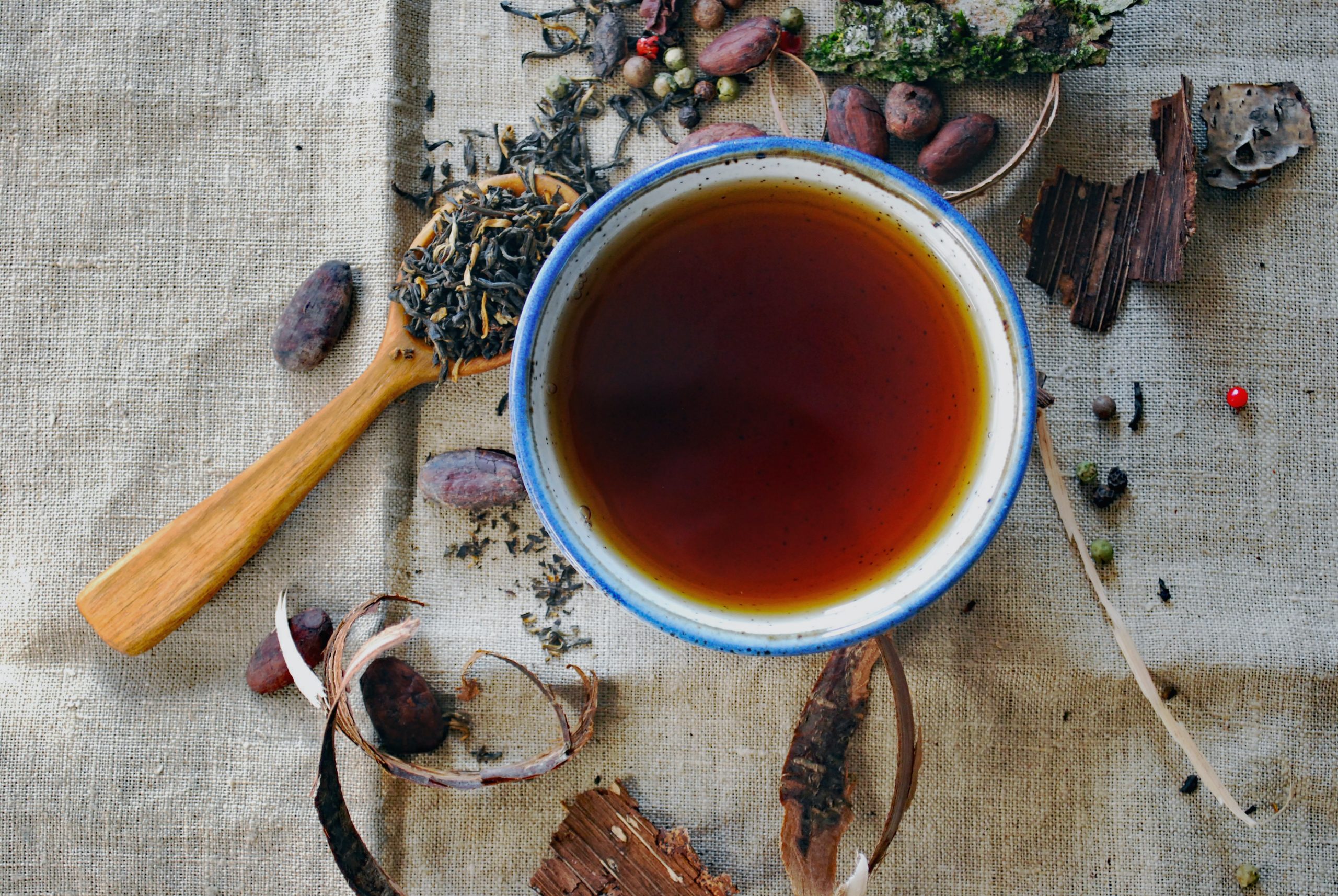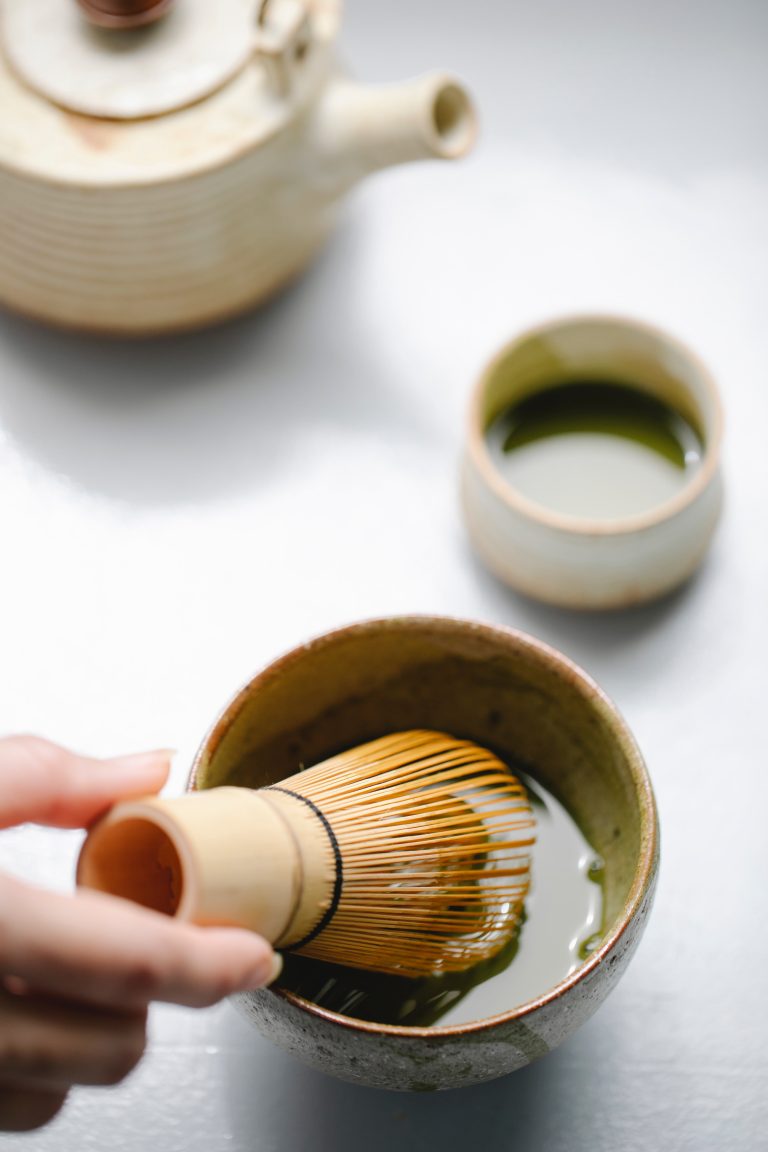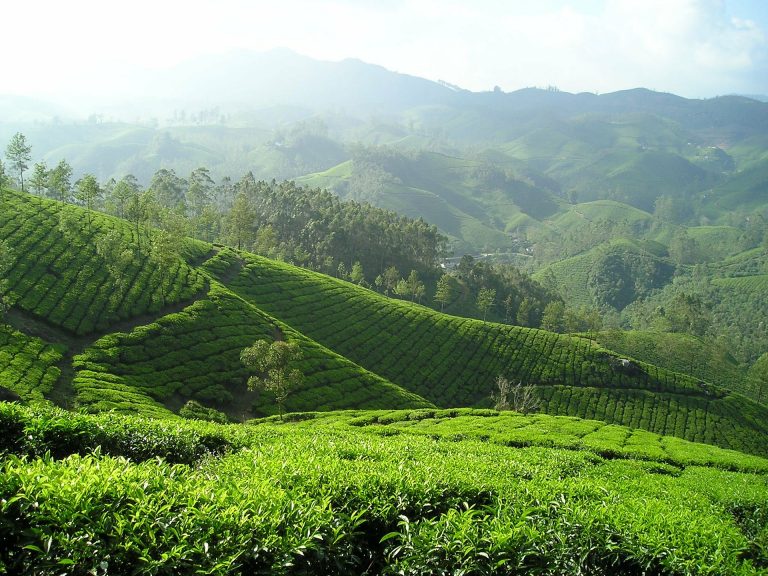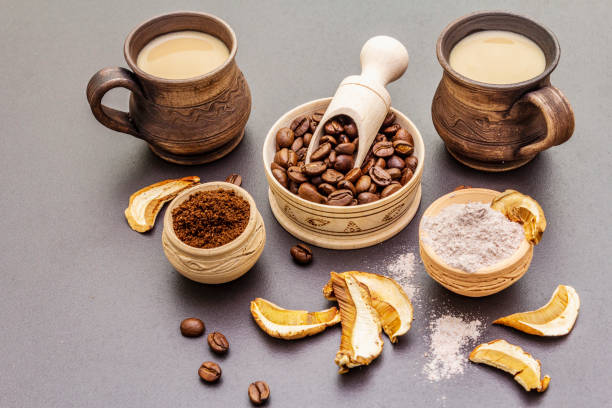Caffeine
What is Caffeine?
The caffeine content of tea is the basis of tea’s reputation as an uplifting and invigorating beverage. Caffeine is a central nervous system stimulant and a member of the family of chemicals called methylxanthines, which can be found m more than sixty different plants Consumption of caffeine is widespread and popular; in fact, more than 80 percent of Americans consume at least some caffeine every day.
Coffee and sodas are tied as the most frequent sources of caffeine, but about one-third of Americans drink tea regularly for their caffeine “fix.” Worldwide, tea has a stronger following and accounts for 43 percent of all caffeine intake.
Other Caffeine souces
In addition to caffeine, green, black, and oolong teas also contain small amounts of the methylxanthines called theobromine and theophylline. All of these methylxanthines are physiologically active, but each acts in slightly different ways in the body. Caffeine has the strongest effect on the brain and muscles, which explains the mental boost noticed shortly after drinking any caffeinated beverage. Theophylline is a powerful stimulant to the heart, respiratory system, and kidneys, which correlates with research showing that tea preserves the healthy function of the cardiovascular system. Finally, theobromine has functions similar to the other two methylxanthines, but its stimulating effects are the weakest of the three compounds. See the table on page 15 for information about the content of caffeine and theophylline in foods and beverages.
In 1827, when caffeine was first extracted from tea leaves, the substance found in tea was thought to be different from “regular” caffeine and so it was called “theine.” We now know that what researchers extracted all those years ago was in fact caffeine.
Caffeine levels vary between types of tea. The auto-oxidation process increases the bioavailability of the caffeine content; therefore, black tea as a beverage contains the greatest amounts of caffeine. Oolong tea has only half the caffeine of black tea, and green tea contains only one-third of the caffeine of black tea.
The effects of caffeine on the body have been well documented. Soon after caffeine is consumed, it is completely absorbed from the gastrointestinal tract. Within an hour, caffeine levels in the bloodstream reach their peak, and caffeine remains circulating in the bloodstream for many hours. Caffeine easily crosses the blood-brain barrier and exerts effects on the brain. For instance, caffeine reduces the flow of blood to the brain by constricting the blood vessels that feed the brain. When caffeine intake is suspended, the blood vessels dilate and blood rushes to the brain, resulting in the headaches that are the primary symptom of caffeine withdrawal. Resuming caffeine consumption generally alleviates such headaches.
Caffeine and Theophylline content of food and beverages
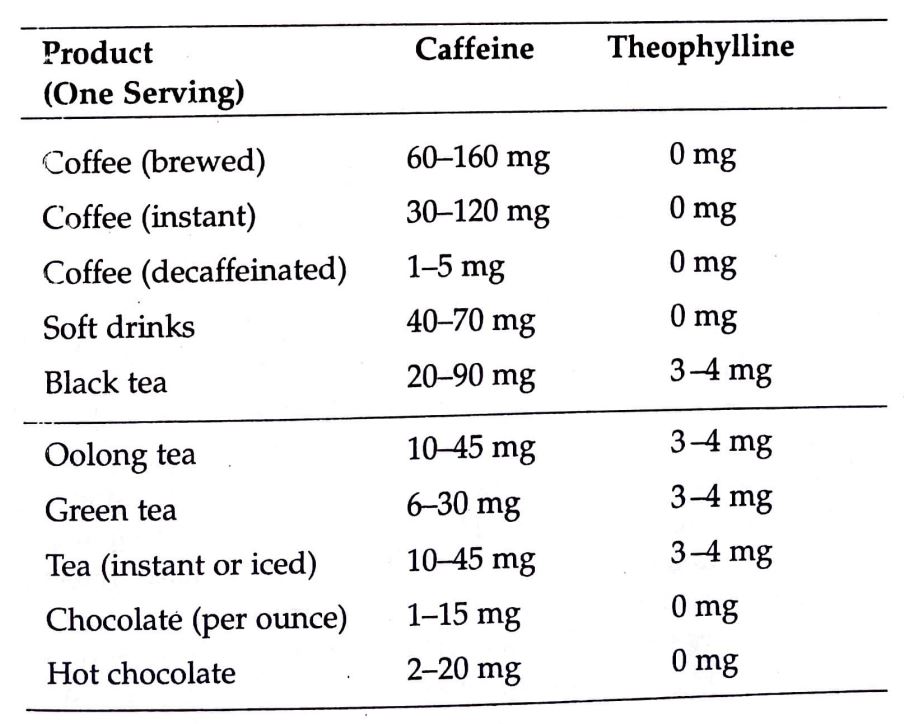
Caffeine has been shown in scientific studies to enhance cognitive performance, particularly for reaction time, spatial relationships, and certain aspects of memory. In addition to mental health emotional health is affected by caffeine. It appears that caffeine staves off boredom and mental fatigue. Researchers have linked caffeine consumption with increased feelings of well-being, feeling energized, and feeling motivated to work.
Caffeine has a stimulating effect on kidney function, probably because it increases blood flow to the kidneys. The respiratory system is mildly stimulated after caffeine consumption, leading to slightly faster and deeper breathing. For that reason, some asthmatics are treated with caffeine, and caffeine may help ease bronchial spasms.

